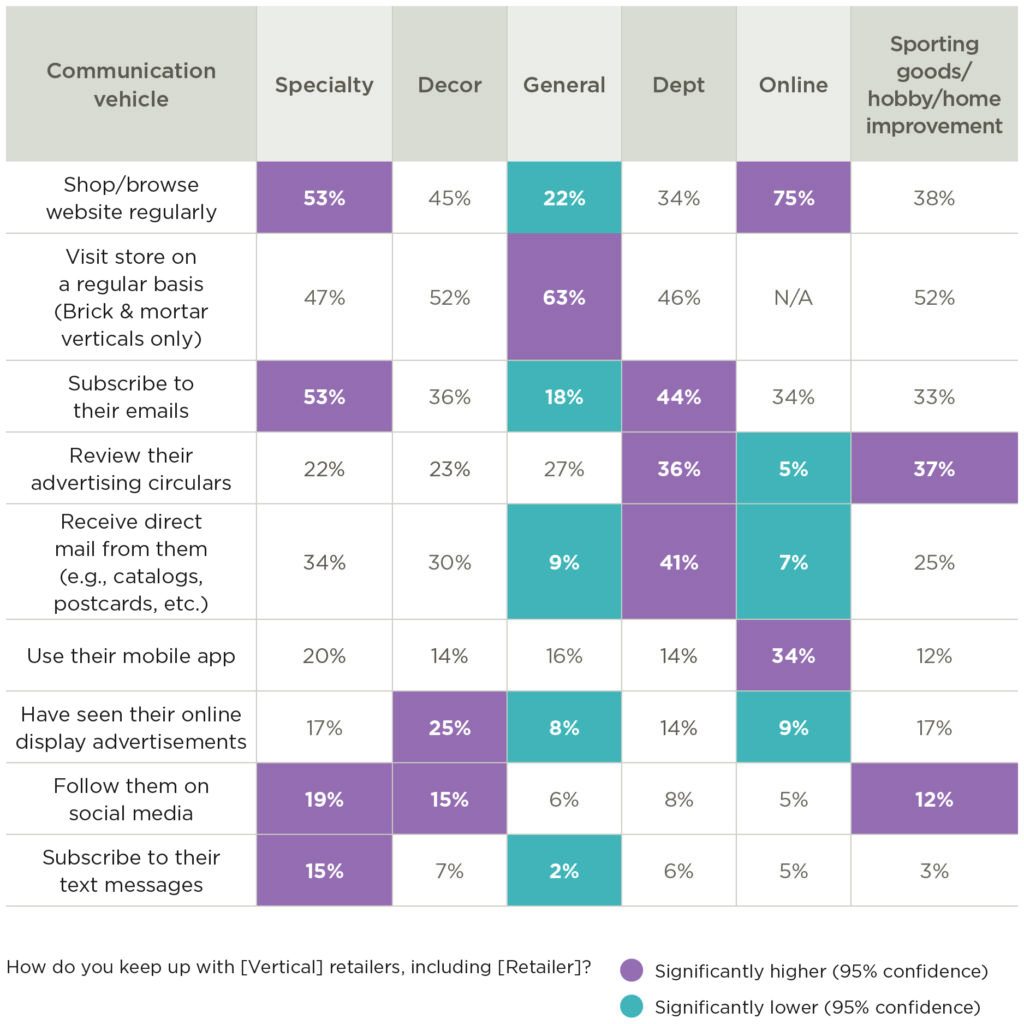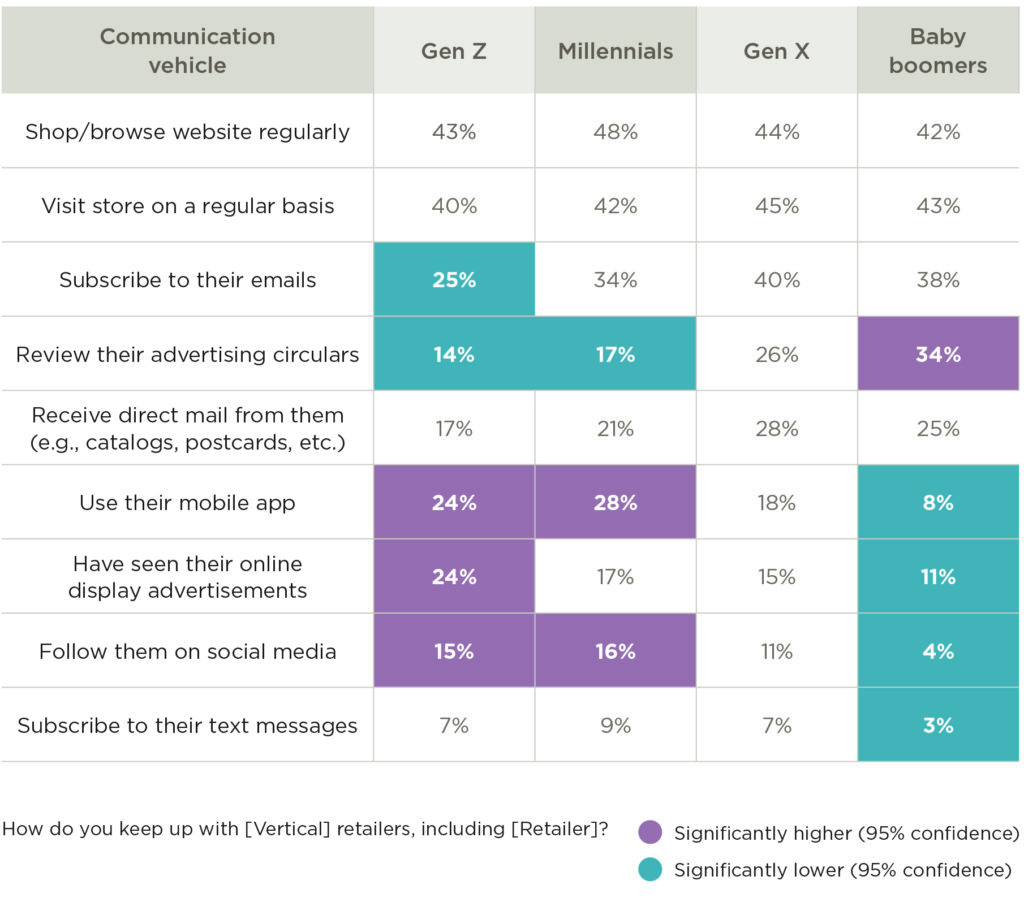How Distributors Can Partner With Dealers to Drive Incremental Revenue
By Jeff Winsper
It is no longer good enough for distributors to pitch refill rates, warehouse size, number of units shipped, or next day delivery as unique differentiators. Worse is just having the local territory manager show up a few times per quarter, ostensibly trying to maintain a “relationship” but only trying to upsell for more product orders. These examples are table stakes. A comparison on the OEM/brand side would be to launch battery products with 40V that are lighter weight, longer lasting or more powerful but then the next guy leapfrogs you with their next launch in a few months. The product innovation cycles are rapidly increasing, and the battery world is highly commoditized and crowded. For distributors, the competition can be just as rough.
The more advanced way for distributors to set themselves apart is to provide dealers with greater insights on how to help them get, keep, and grow their consumer/professional customer bases. Distributors, prove you can add value to the consumer who opens up his/her wallet at the register, and the retailer owner will have greater confidence that you have a common strategic alliance.
To do this, one needs to have greater visibility of the makeup of the customers that have already made prior purchases and the mindset of those that have yet to do so. This customer insight research initiative can be either a centralized or a decentralized model across all three entities – the OEM, the distributor, and the retailer.
Let’s say it rests on the retailer under a centralized model, the learning can be shared back upstream through the supply chain (i.e. fragmenting the workflow process) to help inform decision making for any brand and product launches, co-op spend tactics, media channels, etc. If the centralization sits with the OEM/brand, then it can share the customer profile with the distributor and dealer to add value to their relationship.
Understanding how to take purchase data, convert it into customer insight (“customer” defined as the end user consumer), and activate it in a market to create focused demand is a challenge, but doable. Smaller portions of the whole, like understanding your customer age distribution curve today for each of the generations relative to the percentage of your local community, are not challenging tasks to endeavor.
It is important to avoid generalizing. For example, the shifts in buying patterns from Baby Boomers to emerging Gen Z can differ greatly from territory to territory. Planning for capturing hearts and minds (and wallets) is critical for balancing short-term and long-range planning.
Just to add context, review the table below to understand the oldest age of each of the generational labels. Note: some organizations use differing birth years to define the generation, but for the purposes to make the point, no need to split hairs.
| Generation Label | Years born between | Estimated oldest age currently |
| Baby Boomers | 1946-1964 | 73 years old |
| Gen X | 1965-1980 | 54 years old |
| Millennials | 1981-1996 | 39 years old |
| Gen Z | 1997+ | 24 years old |
One would hope, by now, your oldest customers have bought your brand more than once. This audience most likely represents your bread and butter. The inverse is true on Gen Z/Millennials who tend to be more concentrated in urban environments. This may change in the next 10 to 15 years as – due to children, space limitations or cost per square foot in the city – they may rethink their lifestyle.
So, where does that leave your target market universe of buyers, and how should you plan on creating awareness and engagement? The chart below suggests how to use your core to reach the more.
| Generation Label | Years born between | Estimated oldest age currently | Profile | Objective |
| Baby Boomers | 1946-1964 | 73 years old | Loyalists – multi-purchase buyers | Brand ambassadors |
| Gen X | 1965-1980 | 54 years old | Transactionalists – Requires repeat purchases | Advocacy recruitment |
| Millennials | 1981-1996 | 39 years old | Acquisition – test and try for first purchase | Build trust |
| Gen Z | 1997+ | 24 years old | Experimentalists | Start affinity |
According to Alliance Analytics Data & Insights Institute, there is a different expectation for each generation when it comes to their desire to engage with brands and their respective retailers/dealers. Some of the research is expected, but there are surprises. For example, there’s a rise of Boomers more engaged digitally with platforms such as Facebook, so let’s not universally label them as old fogies any more.
Do different age groups behave differently depending on where they shop? You bet. Below is a comparison chart from the report.

Their next chart breaks down behavior by age groups.

It is evident that the more digitally inclined generally want to seek out their experiences with control-granting mechanisms such as mobile apps, web-based selling platforms, social media, etc. For the most part, those from older generations are on the opposite side of the coin with traditional methods such as ad circulars and acceptance of personalized e-mails. Perhaps it is more convenient to stay with what they are familiar rather than adopting new ways of doing things.
Dealers who don’t have the basics down for managing a website or producing relevant content are at a disadvantage and could get lost among the pure play e-commerce companies or Big Box retailers who can invest millions to reach millions. If dealers don’t adjust, then perhaps the need for centralization to drive traffic leans more on the OEM/brands who can outsource to specialized providers to analyze consumer segmentation, buying patterns, digital footprints, improved web experiences, social media, and more. The challenge here is that some OEMs/brands think they can build it versus sourcing. A fundamental shift can and should occur if they want to continue to support the independent retailer to move inventory. Either way, fill in the gaps, but don’t produce stop gaps. Investment in customer intelligence at the retail level lifts all boats in the harbor.

Jeff Winsper is president of Black Ink Technologies, which helps the premier manufacturing industry sell more, faster and smarter. The SaaS platform provides more visibility across the entire supply chain –from a manufacturing plant to distributor to territory managers to dealers to the local marketplace. Black Ink combined the best of CRM, business intelligence, geo-mapping, data management, industry-specific data, and pre-built library of statistical models in one easy to use, and affordable platform. This helps accelerate customer acquisition and customer relationship management –and that helps the OEM, their distributors and the dealer grow. Winsper can be reached at jwinsper@blackinktech.com.

